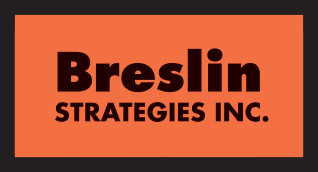NO MORE SUCK IT UP!
A little more by all of us. A little more for all of us.
I have one. And I bet you do, too. Someone in our family or friend circle who is struggling. Someone who is up against it. Someone who is dealing with some form of mental illness and is either working on it or it is working against them.
In our industry, nobody wants to talk about it. “How about those Niners?” is as deep as we want to go, especially on the job site. A male-oriented industry where wearing your ego on your sleeve and your body armor over your emotions is the norm. Tough business. Tough people. Tough times? Tough shit. Suck it up.
The numbers on this challenge tell a story that we as leaders must act upon.
● 19% of US workers surveyed rate their mental health as poor or fair
● Employees with marginal mental health miss 4x as many days of work
● The highest concentration of those with mental health issues, particularly depression and anxiety, are those under 30
● According to the National Alliance for Mental Illness, these issues cost employers $47.5 billion in lost productivity each year
This is why construction is always ranked either number one or two, year over year, for occupations where people commit suicide. I find that fact disturbing and tragic. So, let’s break it down: This industry proclaims safety as its number one foundational value. We spend time, effort, and a lot of money on it. Wear your PPE. Lift with your knees. Wear your harness. Secure your ladder. Get that chinstrap for your hard hat. But where is the emotional fall protection? Where is the care and empathy for an industry where so many people are so obviously struggling? Is safety about rules, compliance, and Cal-OSHA, or is it about doing the right thing for the man or woman in the workplace?
What if the most dangerous hazards are not the ones easily seen or heard? It is no wonder that construction is up there on the scale of suicide and mental illness. Right at the top with military combat veterans and first responders. Why? Similar cultures. Similar challenges.
Don’t show weakness.
Don’t ask for help.
Hide vulnerability with humor or silence.
Numb it with alcohol or drugs.
Pretend it doesn’t exist.
Job site safety without psychological and emotional safety is hypocritical at best and bad business at worst. But, the truth is that this is not a business issue, impact, or cost. It is a matter of human impact and cost. It is incumbent on us as leaders to foster workplace cultures that are more open, considerate, and proactive. It is vital that the employees of our organizations know that they can be open to discussing their challenges, asking for resources or help, or offering the same to those with whom they work.
Yes, I have one in my own family. And you likely do, too. It is even likely that many of you reading this yourself have had times of personal struggles. So, how about we stop turning a blind eye to it? How about we accept that safety needs to be more encompassing and humanistic? A focus on mental health in the workplace and the job site is not a heavy lift; it is truly just a little extra effort by all of us, for all of us.
